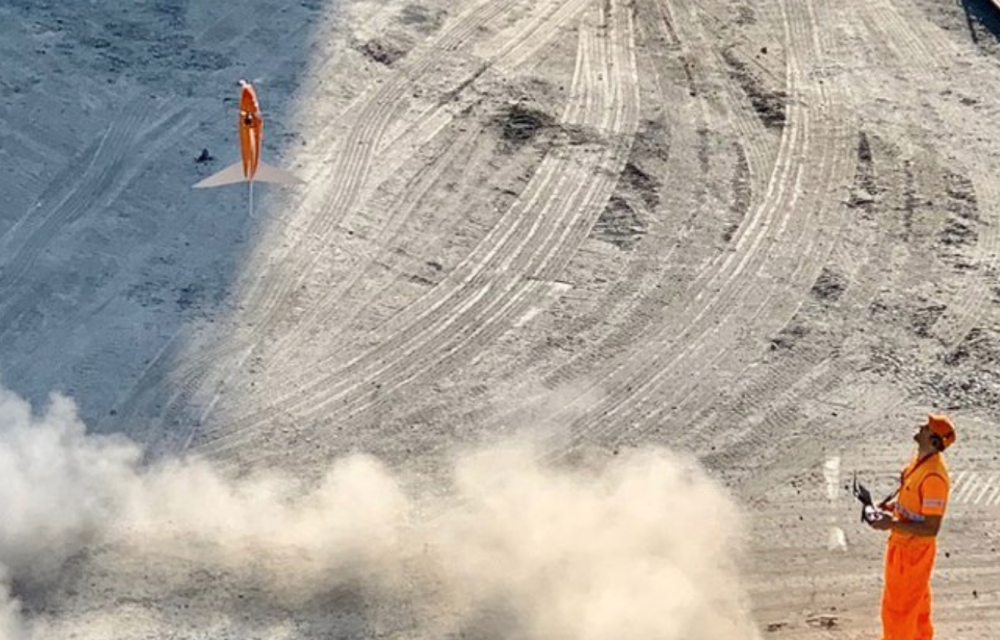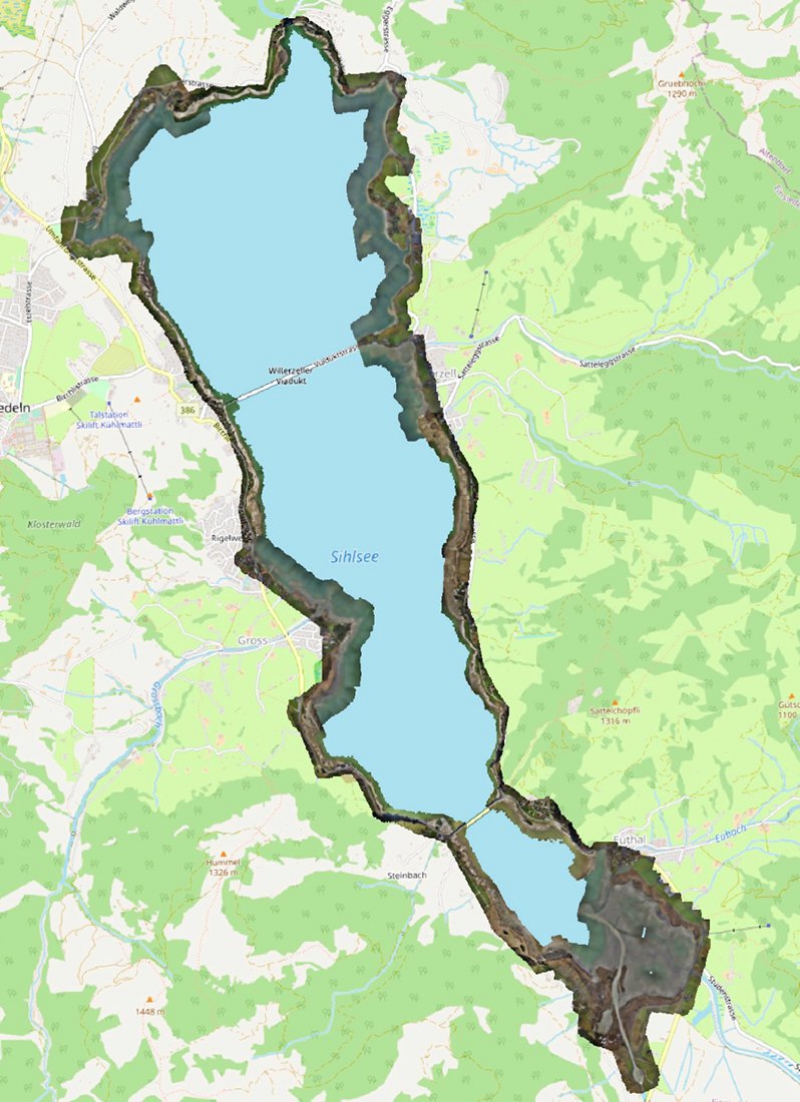Known in Switzerland as SBB, the Swiss Federal Railways system provides the highest quality national public transit service in Europe according to the European Railway Performance Index.
In addition to transportation, SBB also oversees energy infrastructure and real estate that supports it, among other projects. Established in 1902, the firm has become a Swiss icon, demonstrating reliability and quality. While its legacy might tempt people to think it’s traditional, it’s very much forward thinking.
“If you ask people, they may think that SBB is an old government company and really not innovation driven,” said Andreas Hoffmann, Project Engineer at SBB’s Center for Drone Competence. “What I’ve learned is that it’s really quite the opposite. I’ve been surprised by how flexible they are, especially in certain areas relying on virtual reality, augmented reality, machine learning, and now drones.”
joins a legion of about 80 drones that SBB uses to monitor infrastructure as well as the effects that climate change is having on it.


